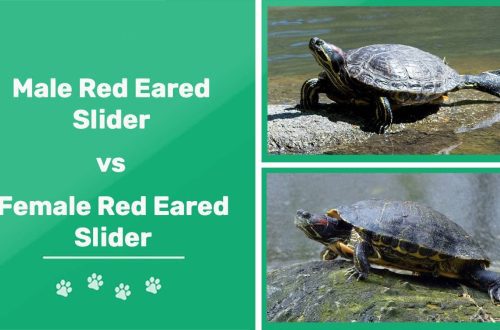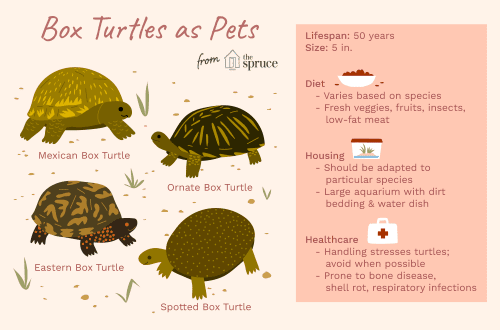
Molting in ferrets
Domestic ferrets are incredibly clean pets that require minimal care. They monitor the condition of their fur on their own – and they do an excellent job with this task! However, just like cats and dogs, ferrets shed from time to time. And during this period, the fur coat of small domestic predators needs the care of responsible owners.
Both wild and domestic ferrets are characterized by seasonal molting. If domestic cats and dogs can shed throughout the year, then ferrets in the vast majority of cases change their coat twice a year: in autumn and spring.
With proper nutrition and proper maintenance, molting in ferrets lasts from one to two weeks. Unlike cat and dog molting, ferret molting can be localized. If the cat’s coat changes evenly throughout the body, then on the ferret’s body during the molting period you can find areas almost devoid of hair – and this is quite natural.
Clean ferrets often lick their fur coat and their body does an excellent job of removing a small amount of wool. However, during the molting period, the wool falls out much more intensively and, getting into the body, accumulates in the gastrointestinal tract. Hairballs in the stomach provoke vomiting and can lead to intestinal obstruction. To prevent this from happening, do not forget about caring for your pet’s coat, no matter how clean it may be.
Before the molt, the ferret may begin to itch. Often the animals itch strongly and often. This behavior can be observed both during wakefulness and during sleep.
Ferrets have fairly thick coats that need to be carefully but carefully combed out with a slicker brush or FURminator during the shedding season. The advantage of the original furminator is that it allows you to remove not only already fallen hairs, but also dead hairs, which are still held by friction against the walls of the follicle. Those. those hairs that would inevitably fall out tomorrow or tonight. After combing, the ferret’s coat can be smoothed with a soft brush-mitten.
By removing dead hairs, you greatly facilitate the shedding process for your pet. Thanks to combing, the ferret will quickly acquire a new beautiful coat.
To combat the molting of the bravest animals, you can use … a vacuum cleaner with special attachments for pets. It’s hard to believe, but some ferrets even like having their fur coat vacuumed.
Non-seasonal molting of a ferret is an occasion to show your pet to a veterinarian. Most likely, this is a symptom of diseases or improper maintenance. Hair loss may indicate hormonal disruptions or adrenal disease.
Combing the ferret’s coat is also recommended outside the molting period. As a rule, in a healthy ferret, the hair practically does not fall out. However, combing allows you to maintain its health, shine and silkiness. The ferret’s coat is best combed with a soft brush, once a week.
It is very important to accustom the ferret to hygiene procedures from an early age, so that in the future combing the hair would not be stressful for him, but a pleasant procedure. Do not forget that competent combing is not only a way to deal with excess hair, but also a massage that improves blood circulation. As well as an additional opportunity for the owner and pet to tune in to a new wave of trust and understanding.





